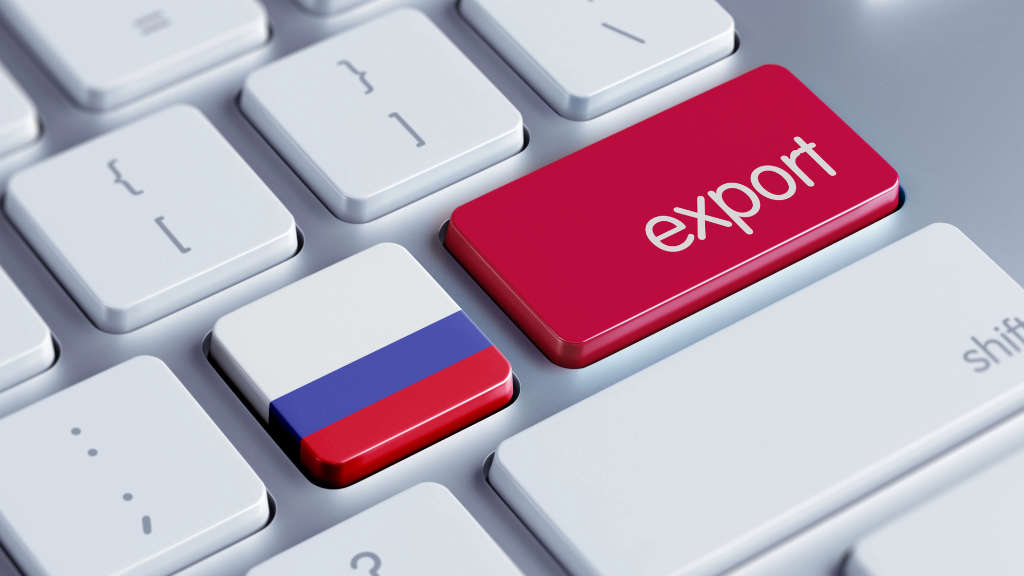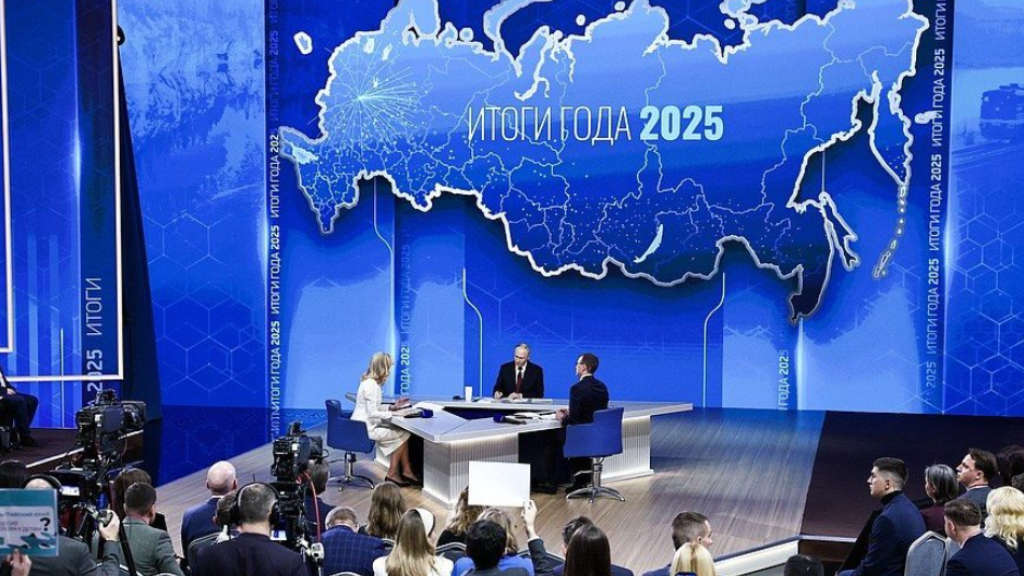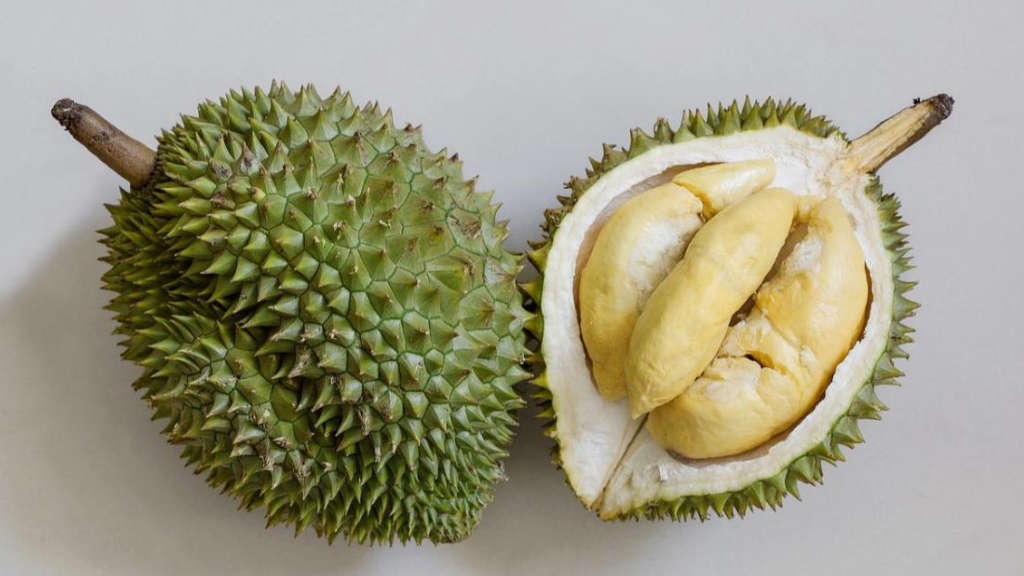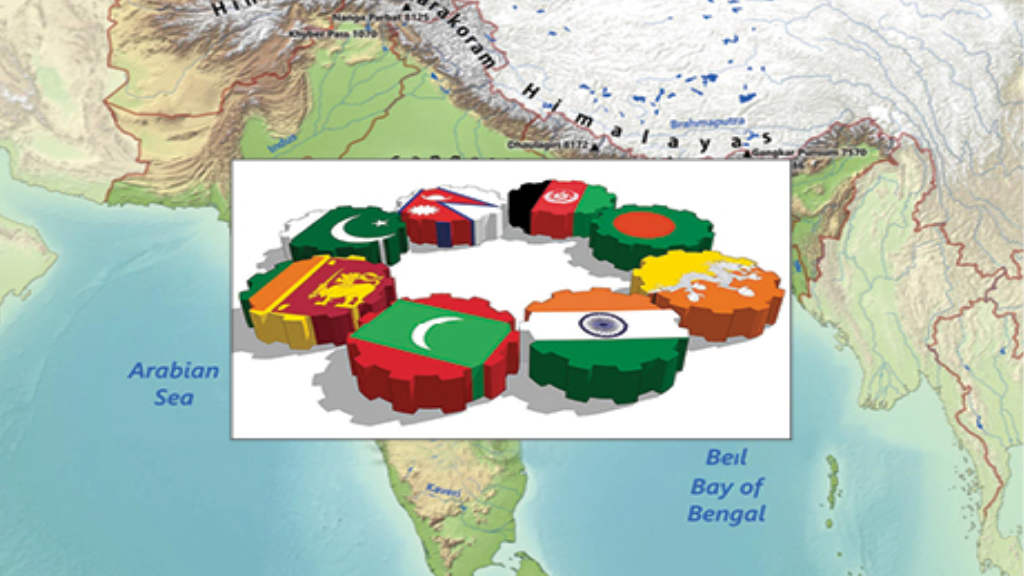Russia’s non-resource, non-energy exports are adapting to new conditions and strengthening their positions in the eastern and southern markets, with the ‘Made in Russia’ brand helping to increase Russia’s foreign trade balance by almost 8% last year. Exports to Africa and Asia in particular are continuing to grow.
The state is supporting Russian exporters, helping them enter new markets, and promoting their products under the branding. Companies can receive financial and non-financial assistance as part of the ‘International Cooperation and Export’ programme, including expert consultations and subsidies for expenses to assist in promoting in foreign markets. Exporters can contact the Russian Export Center and its regional divisions, as well as export support centers and Russian trade missions abroad, to receive support. They help manufacturers and suppliers find foreign clients, analyze demand for products, assess the requirements of foreign legislation, and provide other support necessary for exporters.
Legal entities and sole proprietors can get help online—on the My Export platform. This offers more than 120 services—from help with analytics and permits to support of deliveries and promotion to foreign markets. 40,000 Russian companies and sole proprietors have already registered in the system. Since the launch of My Export in 2020, Russian entrepreneurs have received more than 1.5 million services.
Russia’s Current Export Makeup
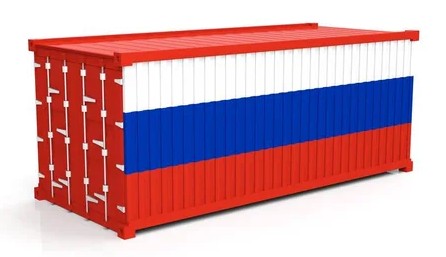
Export is one of the drivers of the Russian economy. It accounts for about 20% of GDP, with a third of export deliveries coming from the non-resource, non-energy sector. Exports also provide jobs for 6 million people and make a significant contribution to the consolidated budget: according to estimates, the 2024 contribution amounted to ₽4.8 trillion (US$61 billion). This money is allocated in the Russian state budget to implement social programs and achieve national development goals.
President Vladimir Putin has also emphasized that the changing global situation opens up new opportunities for Russian production and export, stating that “We need to not only monitor these factors and forecast their changes but, most importantly, use the emerging opportunities to develop our own production, trade relations, and exports, to strengthen the domestic economy as a whole, so that under any external conditions we can achieve progressive dynamic movement forward.” Businesses should note that it is always a good idea to follow state policy when making future development plans.
According to Russia’s Federal Customs Service, Russia’s balance of trade during 2024 increased by 7.79% compared to the level of 2023 and amounted to US$150.9 billion. Russia’s trade turnover last year increased by 0.89% – to US$716.9 billion.
Meanwhile, Russian exports continue to reorient from Western markets to Eastern and Southern ones. Exports to Asia increased by almost 8%, while trade with Africa is developing fast. During 2024, Russian exports to Africa increased by 15%, and in the first two months of this year, by 42% compared to the same period last year, while exports to Latin America during this period increased by 7.6% to US$1.9 billion.
Russia’s 2025-2030 Export Growth Trajectory
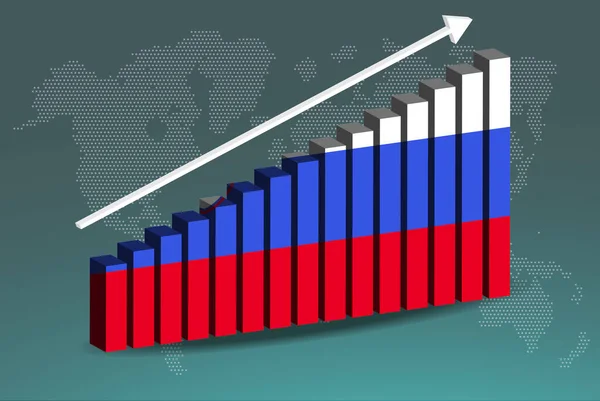
Russia’s national project “International Cooperation and Export” states that from 2025 to 2030, the volume of non-resource, non-energy exports should grow to US$248.1 billion. The objectives of this include not only increasing the physical volume of supplies but also promoting Russian products in foreign markets, strengthening international cooperation, and strengthening Russia’s image as a supplier of high-quality goods and services.
The government plans to unify the provision of services and support measures to foreign trade participants, with a special foreign trade digital standard being developed for this purpose. This means that currently disparate regional approaches to providing assistance will be integrated into a One Window information system (on the My Export platform), while government services will become more personalized.
Available Export Services
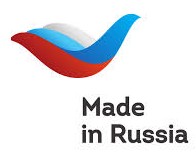
One of the important services for exporters that can be obtained on the My Export platform is Buyer Search. Accredited experts will conduct marketing research for Russian companies and provide analytical data on key sectors of the requested market, prepare a report indicating specific clients interested in supplying manufactured products, and help establish contacts with foreign partners. Also, under the International Cooperation and Export project, entrepreneurs who are just thinking about entering foreign markets can undergo training at certified export schools. Educational programs provide knowledge on all aspects of export activities, help reduce risks and costs when entering foreign markets, and learn how to effectively use available government support measures for exports.
A special area of business support was the development of the national brand “Made in Russia.” Under this mark, products that have undergone voluntary quality certification are promoted. In 2022-2024, 120 exhibitions and business missions were held in 27 countries under the program, as a result of which contracts were signed for the supply of Russian products worth ₽79 billion (US$1 billion).
The promotion of Russian goods abroad is carried out in several areas, including participation in international exhibitions and business missions, the development of e-commerce, entry into foreign retail chains, and the opening of branded retail stores under the Made in Russia brand in overseas countries such as China.
Such measures not only contribute to sales growth and also strengthen Russia’s reputation as a reliable business partner.
To join the Made in Russia program, enterprises must undergo a voluntary product certification procedure. Product documents issued by accredited bodies with an accreditation area for product certification in the following areas are verified and recognized: reliability, organicity, environmental friendliness, uniqueness, and quality.
Export remains an important source of investment in Russia’s economy, a factor in job creation and an incentive for the growth of competitiveness of Russian products in both foreign and domestic markets. Following the Chinese development model, where domestic manufacturing is used as a springboard for additional production, export is becoming a development driver for Russian companies – helping them enter new markets, improve product quality and compete in the global arena.
That is additionally helped by Russia’s far lower production costs – with energy expenses especially far lower than available in the West, along with a generally lower employment base cost and lower land use rights. The coming two decades should show a significant boom in Russia’s exports to the Global South.
Further Reading
Russia’s Q1 2025 Wheat Exports To Africa Increase To 11.8 Million Tons

